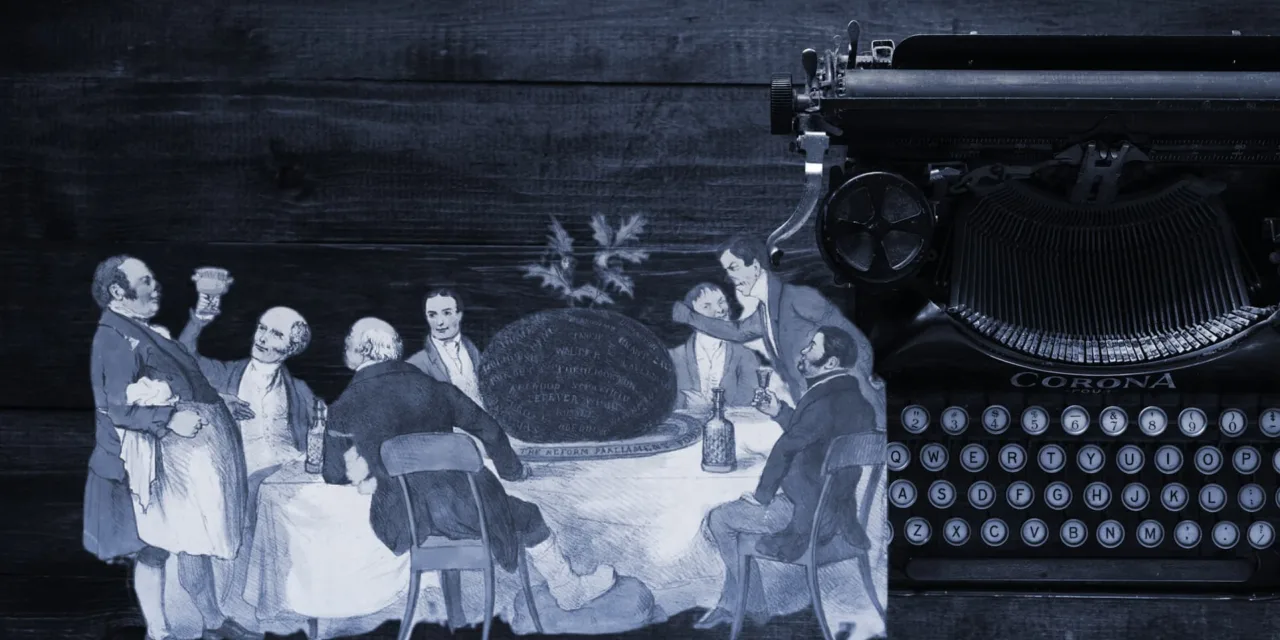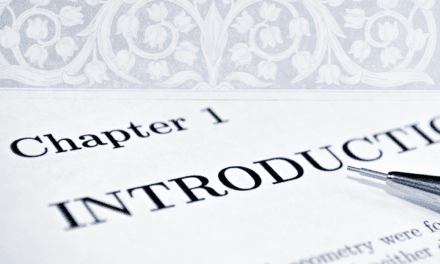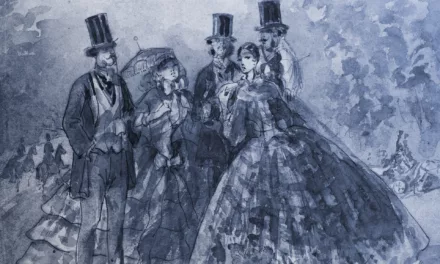
How do you balance multiple points of view?

“I’m writing a story with multiple POVs, how should I balance the story out so every MC gets equal time? I want to make sure I’m being fair to all my characters.”
Writing from multiple points of view (POVs) can feel like juggling, constantly trying to keep all your characters moving, worried that if you drop the ball even once, the whole thing falls apart.
It’s natural to want to give each character their fair share of the spotlight, especially when they’re all contributing to your story’s narrative. But if you think of it like directing a play, some characters need to step forward while others support from the background. The trick isn’t necessarily in giving everyone equal time. It’s in knowing when each character needs to take centre stage.
Do all POVs need equal time?
The short answer is no.
Your POV distribution should serve your story’s needs rather than obeying a strict division of word count dedicated to each character. In a multi-POV book, all characters are important, but that doesn’t mean they need equal time dedicated to their stories. Some might naturally take the lead at different points while others provide essential support.
How to decide on POV balance
Follow the needs of your story
The best rule of thumb is to let your story’s plot and emotional arc guide your POV choices. Ask yourself these questions to help you decide how much time to give each POV:
- Which character has the most at stake in a particular scene or story arc?
- Whose perspective will deliver the most powerful emotional punch?
- How would switching POVs affect your story’s pacing?
- Would this scene be more effective from a different perspective?
- Whose emotional journey is most relevant right now?
- What information needs to be revealed, and who can best reveal it?
- How does this POV choice serve the overall story?
Sometimes, a brief scene from a secondary character’s viewpoint can have more impact than a lengthy chapter from your protagonist. And sometimes, sticking with one character for multiple chapters rather than switching will help move the story further than constantly jumping around.
Consider what each POV adds to the narrative and whether it moves the story forward or deepens the reader’s understanding.
Signs you might need to adjust POV balance
Even with careful planning, it’s easy to lose sight of whether your POV choices are serving your story. Here are some red flags that might clue you in to whether you need to rethink your POV balance:
- Readers consistently forget about certain POV characters (after your first draft, beta readers are invaluable for picking up feedback like this).
- Some chapters feel like filler just to give a character page time.
- Important plot points happen “off-screen” with more interesting characters.
- You’re forcing scenes from a particular POV when another character’s perspective would work better.

Write more, write better, and achieve your goals with Novlr!
Tips for managing multiple POVs
Structure with purpose
- Consider using a primary POV character who gets slightly more page time.
- Organise POV switches around major plot points or revelations.
- Use chapter breaks or clear scene divisions for POV changes.
- Think about POV order and how it affects tension and pacing.
Keep track
- Create a POV map or outline showing when each character appears.
- Track each POV character’s story arc and make sure they’re well paced and complete.
- Track word count per POV if helpful, but don’t let numbers dictate your choices.
Quality over quantity
Instead of aiming for equal time, focus on:
- Making each POV section meaningful.
- Ensuring every perspective adds value to the story.
- Using the most appropriate POV for each scene.
- Maintaining story pace regardless of which character is on screen.
Common pitfalls to avoid
- Forcing equal POV distribution at the expense of story pacing.
- Including unnecessary scenes just to give a character air time.
- Switching POVs too frequently and confusing readers.
- Neglecting secondary POV characters and their story development.
- Using POV switches as a shortcut for building tension.
Finding the right balance
Remember that good POV distribution doesn’t always mean equal. Your goal is to create an interesting narrative that serves your story’s needs, not to give every character equal air time. Some characters might naturally require more page time to fulfil their role in the story, while others can make a significant impact with fewer but well-crafted scenes.
Focus on making each POV section purposeful and engaging rather than achieving perfect equality. If readers are invested in your story and characters, they won’t be counting pages to check if everyone got the same amount of time.






























